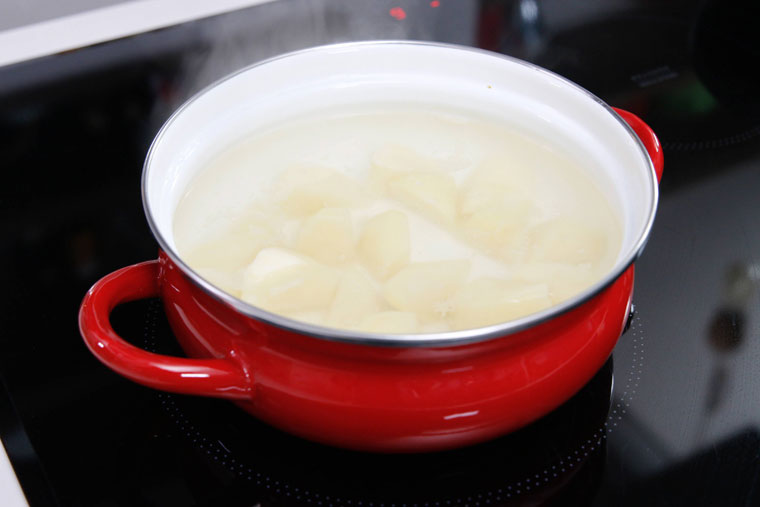Different Types of Fresh Milk

– Whole milk has a high-fat content and is often used in baking, desserts, beverages, soups, and savory dishes.
– Low-fat milk has a similar nutritional profile to whole milk but with less fat. It’s versatile and can be used in most dishes, especially when paired with other fatty ingredients like butter or cheese.
– Non-fat or fat-free milk has minimal to no fat and is often used as a beverage, with cereals, or in sauces.
Using Fresh Milk Instead of Water

– Enhance the flavor and nutrition of your soups by reducing the amount of broth and substituting it with fresh milk. Add the milk towards the end and cook on low heat to prevent curdling.
– Create a delicious and creamy sauce by mixing cornstarch with milk before adding it to your pan and stirring until thickened.
– When blending foods, add a splash of fresh milk to make the process smoother and tastier. This works great for mashed potatoes, pumpkin soup, carrot soup, and corn soup.
Preserving Color in Vegetables

Some vegetables, like potatoes and cabbage, tend to turn yellow when peeled and chopped. To preserve their color, add 2 tablespoons of fresh milk to the cooking water. This will also enhance their flavor and make them taste even better.
Marinating Meat

Soak pork or chicken in fresh milk for 20-30 minutes before adding other seasonings to create delicious grilled dishes or breaded cutlets.
Eliminating Fishy Odors

Fresh milk helps eliminate fishy odors from seafood. Try adding milk to fish, clams, or shrimp, along with onion, and then steaming or braising for a delicious meal. You can also soak beef liver in milk to reduce its strong smell.
Using Fresh Milk in Egg Dishes

For fluffy and delicious scrambled eggs, add a small amount of milk to your beaten eggs (a ratio of 2 eggs to 1 tablespoon of milk) and mix well. Then, cook as usual.
With these cooking tips using fresh milk, you can create not only tasty but also nutritious meals. If you have any other milk-based cooking secrets, please share them with us!
Skin Care Tips for the Post-Lunar New Year: Regain Your Glow and Feel Refreshed!
Are you feeling the aftermath of the hustle and bustle of Tet festivities on your skin? With cold temperatures, time spent outdoors, and all the excitement, it may not be looking its best. Don’t fret – follow the tips laid out in this article to restore your skin to its smooth, bright, and flawless look!
Experience Radiant Skin Glow with Rice Cooked in Fresh Milk
Are you looking for ways to achieve healthy, luminous skin without spending a fortune on expensive creams and lotions? If so, then why not try this simple DIY recipe using just two natural ingredients – rice and milk? In this article, we will take a look at this homemade skin care solution and find out how it can benefit your complexion!






































